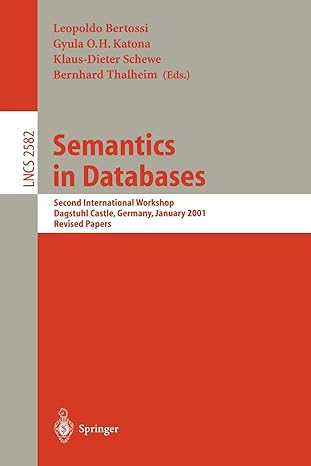Question
2. Maximum Increasing Subsequence Using Java Find the longest increasing sequence in a two-dimensional grid of numbers. A sequence is simply a series of adjacent
2. Maximum Increasing Subsequence Using Java Find the longest increasing sequence in a two-dimensional grid of numbers. A sequence is simply a series of adjacent squares. Squares may not be used twice. Example: in the following grid: 97 47 56 36 60 31 57 54 12 55 35 57 41 13 82 80 71 93 31 62 89 36 98 75 91 46 95 53 37 99 25 45 26 17 15 82 80 73 96 17 75 22 63 96 96 36 64 31 99 86 12 80 42 74 54 14 93 17 14 55 14 15 20 71 34 50 22 60 32 41 90 69 44 52 54 73 20 12 55 52 39 33 25 31 76 45 44 84 90 52 94 35 55 24 41 63 87 93 79 24 The longest increasing sequence has length 10, consisting of entries (r,c) (row and column, starting at zero) as follows: (5,0) with cost 12 (6,0) with cost 14 (6,1) with cost 15 (6,2) with cost 20 (7,2) with cost 44 (7,3) with cost 52 (7,4) with cost 54 (6,3) with cost 71 (5,3) with cost 74 (4,3) with cost 96 Note that the 96 adjacent to the 96 in the answer reported above could be substituted in the maximum increasing sequence, but both cannot be in the sequence, because the sequence must be strictly increasing. The Input: The input file consists of the grid of numbers. You'll need to figure out the size of the grid. Read the file into an List of Strings; the size of the List is the number of rows. Then use a StringTokenizer. Strategy You'll need to use recursion. Although a non-recursive solution is possible, I want a clean recursive backtracking algorithm;
Step by Step Solution
There are 3 Steps involved in it
Step: 1

Get Instant Access to Expert-Tailored Solutions
See step-by-step solutions with expert insights and AI powered tools for academic success
Step: 2

Step: 3

Ace Your Homework with AI
Get the answers you need in no time with our AI-driven, step-by-step assistance
Get Started


